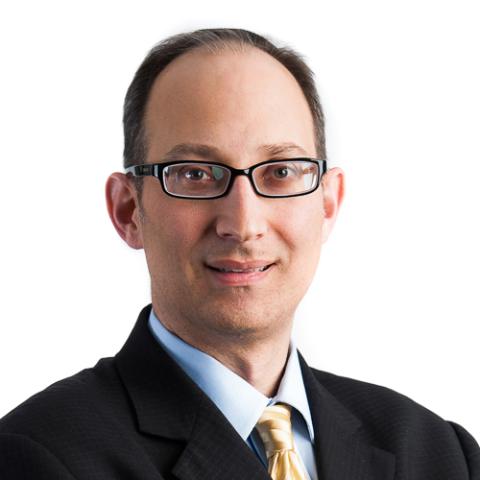In less than 90 days, the Joint Select Committee on Deficit Reduction will identify $1.5 trillion in additional deficit-reduction measures to be put in place over the next decade. The U.S. Congress will then have 30 days to give an up-or-down vote on the recommendations; failure to do so will trigger automatic cuts to national security and domestic programs.
The economic stakes are high, and the statistical probability for failure even higher.
As former overseers of Medicare, which together with Medicaid makes up a staggering 23 percent of federal spending, we offer this advice: Find savings in Medicare by replicating the market-based approaches of the prescription drug program.
Evidence of the success of the Medicare prescription drug program is mounting. Last month, we learned that the average Medicare prescription drug premium will decline next year. It's the second time premiums have dropped since the drug benefit was initiated five years ago. That's a welcome deviation from the 5 percent rise in premiums for all of healthcare.
We also learned recently that the Medicare prescription drug program is reducing Medicare hospital and nursing home admissions, saving $12 billion because of reduced use by program participants. The study, published in the Journal of the American Medical Association, found an average savings of $1,200 per year for seniors who had inadequate drug coverage before Medicare Part D.
Now in its fifth year, Medicare Part D is costing 41 percent less than the Congressional Budget Office originally projected. And program participants give it high marks — satisfaction percentages among seniors are in the high 80s, impressive for any government program.
Ninety percent of Medicare enrollees now have secure drug coverage, and they continue to express strong satisfaction with the program in independent surveys. Seniors are given abundant choice, with a minimum of 28 drug plans offered to enrollees this year. And seniors have not balked at the array of choices, as some naysayers predicted they would. Instead, they have embraced the choices.
Nine in 10 seniors have selected an option other than the standard, government-recommended option. This suggests that Americans are willing to look at a complex menu of choices to select the plans that work best for them.
As is the case with many of the fiscal fixes talked about today, Medicare Part D had its critics. Some said it would be a fiscal and policy fiasco. They said the program would cost far more than anticipated. They said seniors would be unable or unwilling to choose among so many options. Despite the criticism, five years later we find that the critics were wrong, and, in many cases, spectacularly so.
The Medicare prescription drug plan works because it is market-based, allowing seniors to choose from a selection of private-sector insurance plans. Market-based reforms offer great promise for healthcare entitlement reform and future budget relief.
As the deficit supercommittee struggles to meet its budget targets, politicians on both the left and the right should look to the Medicare Part D model as a valuable example of a bipartisan, effective and economical healthcare reform.



















